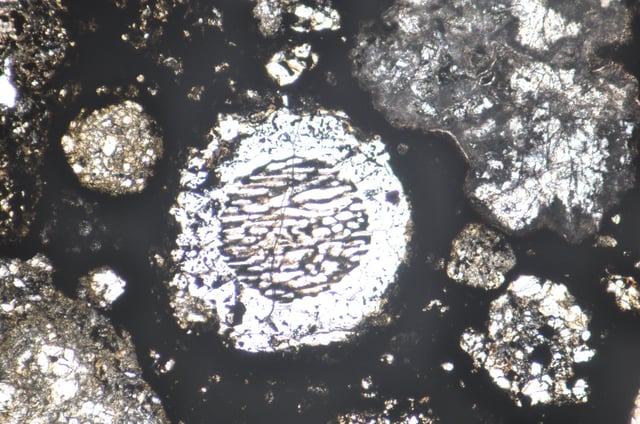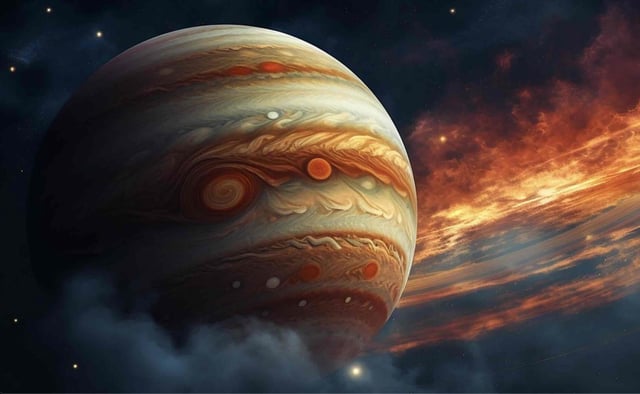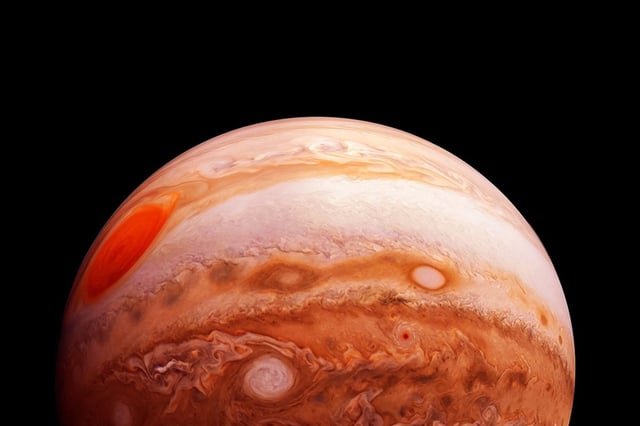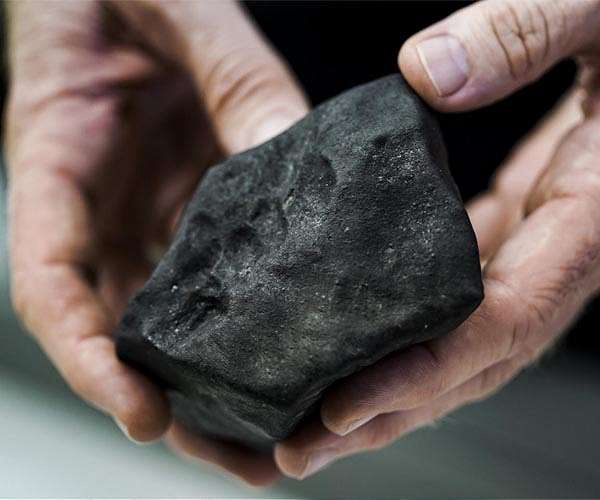Overview
- Nagoya University and INAF scientists report in Scientific Reports that chondrule ages align with Jupiter’s rapid gas-accretion phase.
- The team’s simulations show Jupiter’s gravity stirred rocky and icy planetesimals into high-speed impacts that melted rock and created chondrules.
- Exploding steam from instantly vaporized water fragmented molten silicate into millimeter-scale droplets, reproducing observed sizes and cooling rates.
- Model outputs matched meteorite data in both abundance and characteristics, placing peak chondrule production—and Jupiter’s formation—at about 1.8 million years after solar system onset.
- The authors note Jupiter’s episode was too brief to account for all chondrule ages and propose that later giant-planet births, such as Saturn’s, generated additional waves, offering a tool to reconstruct planetary timelines in our system and beyond.



